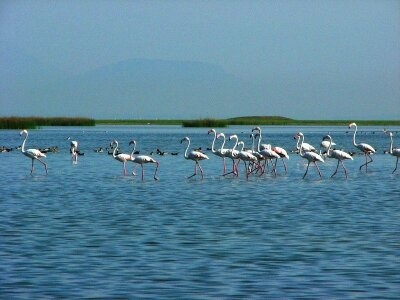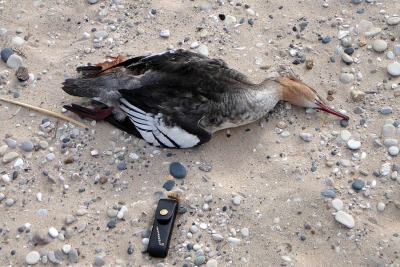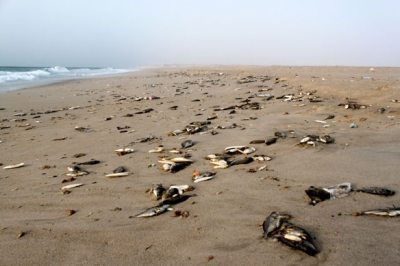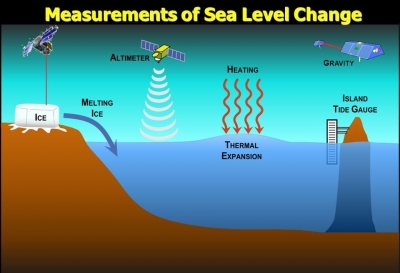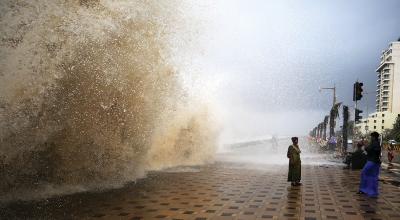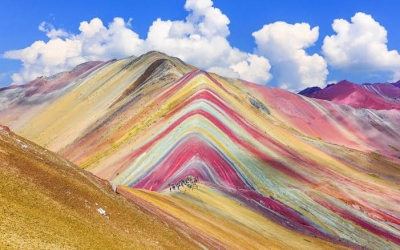
Greenhouse Effect
Earth maintains its heat balance with the help of greenhouse gases in the atmosphere. The right mixture of water vapour, carbon dioxide, methane, nitrous oxide and chlorofluorocarbons are responsible for making the planet habitable. When the sun’s energy reaches Earth, these gases in the atmosphere absorb some of it on the way down, and then absorb more when that energy reflects back off the surface during the day. This keeps the lower atmosphere and the surface of the Earth warm. Without this greenhouse effect, Earth’s average temperature would be – 19 degree Celsius, making it hostile to life.
Global warming
Human activities such as burning of fossil fuel and deforestation lead to the release of more greenhouse gases into the atmosphere, especially CO2. This results in the trapping of more energy from the sun, which, in turn, increases Earth’s temperature. This is called global warming.
(while scientist stress that green house gas emissions are the primary factor pushing temperatures higher both in the past decades and into the future, deforestation is also a key contributor. Tress play a huge role in the carbon cycle. They convert the CO2 in the air to oxygen, through the process of photosynthesis, and in this way, they act as natural regulator of the carbon dioxide. The more trees, the less carbon dioxide in the atmosphere. Unfortunately, deforestation is preventing this job to be fully accomplished and the amount of carbon dioxide is rising)
Sea-Level Rise
The ocean covers about 70% of the Earth’s surface and acts as its primary reservoir of heat and carbon, absorbing over 90% of the surplus heat. When water heats up, it expands. When the ocean water expands, it takes up more space. This is called thermal expansion, and it is responsible for one-third of the sea-level rise, according to studies. (Melting of glaciers and polar ice sheets due to global warming also contribute to the unusual rise in sea level.)
The impact of sea-level rise includes flooding of coastal areas, increased soil erosion, disappearance of low-lying islands, saltwater intrusion and habitat destruction in coastal areas. Rising sea levels also make storm surges capable of much greater damage. (Storm surge is the abnormal rise in seawater level during a storm. Storm surge can penetrate well inland.) many birds use coastal ecosystems to find food, live and breed. Sea turtles lay their egg on beaches, returning to the same location every year. When beaches erode, these animals and birds will be affected.
Forest Fire
As warmer temperatures increase evaporation, the land becomes drier and drier, enhancing the chances of wildfires. Drier conditions and higher temperatures have also enhanced the duration and the severity of a forest fire.
Climate system
Warmer the water, stronger the storm: Ocean temperature is a powerful driving force of storms. In tropical regions of the globe, warm temperatures over the surface of oceans can provide the energy for the formation of storms and influence the development of monsoon winds. Storms are formed when warm, moist air over the ocean rises upward from near the surface – warmer the water, stronger the storm.
Change in ocean temperature also affect oceanic currents: Ocean currents help regulate Earth’s climate by facilitating the transfer of heat from warm tropical areas to colder areas near the poles. Changes in ocean currents would cause changes in rainfall and air temperatures.
Coral Bleaching
If the sea temperature becomes too hot, the zooxanthellae – that reside in corals in a symbiotic relationship – develop heat stress, and stop producing carbohydrates. Under stress, it also starts producing toxic waste that poison the coral. So the corals expel the zooxanthellae. When this happens, the corals turn white, and this is known as coral bleaching. Bleached coral isn’t necessarily dead. If the sea temperature drops relatively quickly, the coral will survive, and within a few months, they will have recovered their zooxanthellae. However, if sea temperature stays too high for too long, the corals may not be able to feed themselves effectively and the polyps will eventually die.
Animal and bird behavior
The life cycles of animals and plants are aligned with seasons and resource availability. During cold winters, to cope with food scarcity and to conserve energy, some animals hibernate while birds migrate to a warmer place. As rising temperature alters the length of seasons, these activities are affected.
For instance, some animals rely on air temperature as a cue to come out from hibernation. With warming temperatures, they are emerging earlier than usual and find that the temperature is not warm enough to thaw the snow off the grass and other plants, which are their food. With a dense snowpack, they either starve or get eaten up by predators.
Water scarcity and other problems
If global temperatures continue to rise, rainfall will increasingly become a thing of extremes: long dry spells here, dangerous flood there – and in some place, intense water shortages. This will also affect agriculture. Worldwide, farmers are struggling to keep up with shifting weather patterns and increasingly unpredictable water supplies. Extreme weather patterns also destroy life, property and livelihood.
Picture Credit : Google
